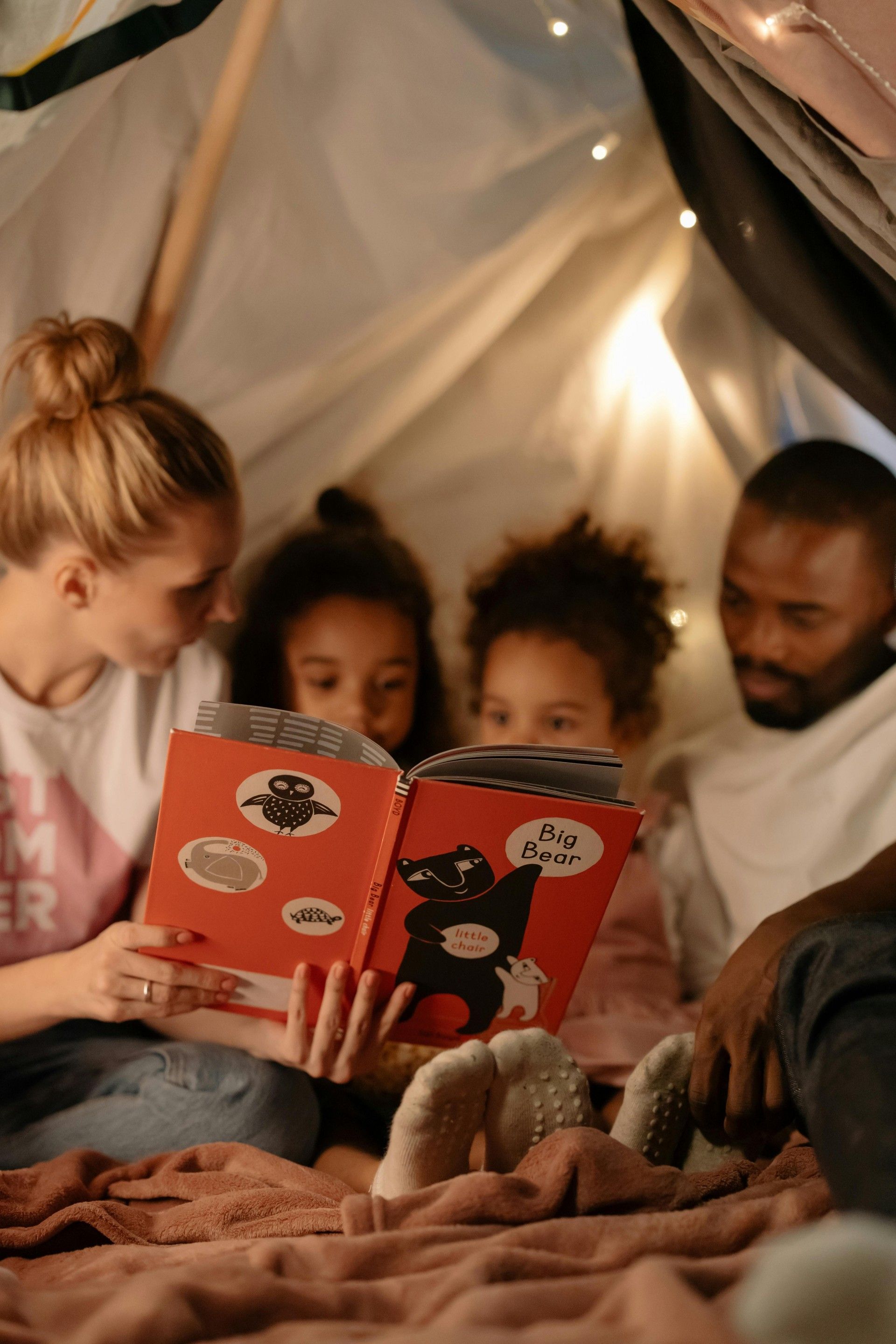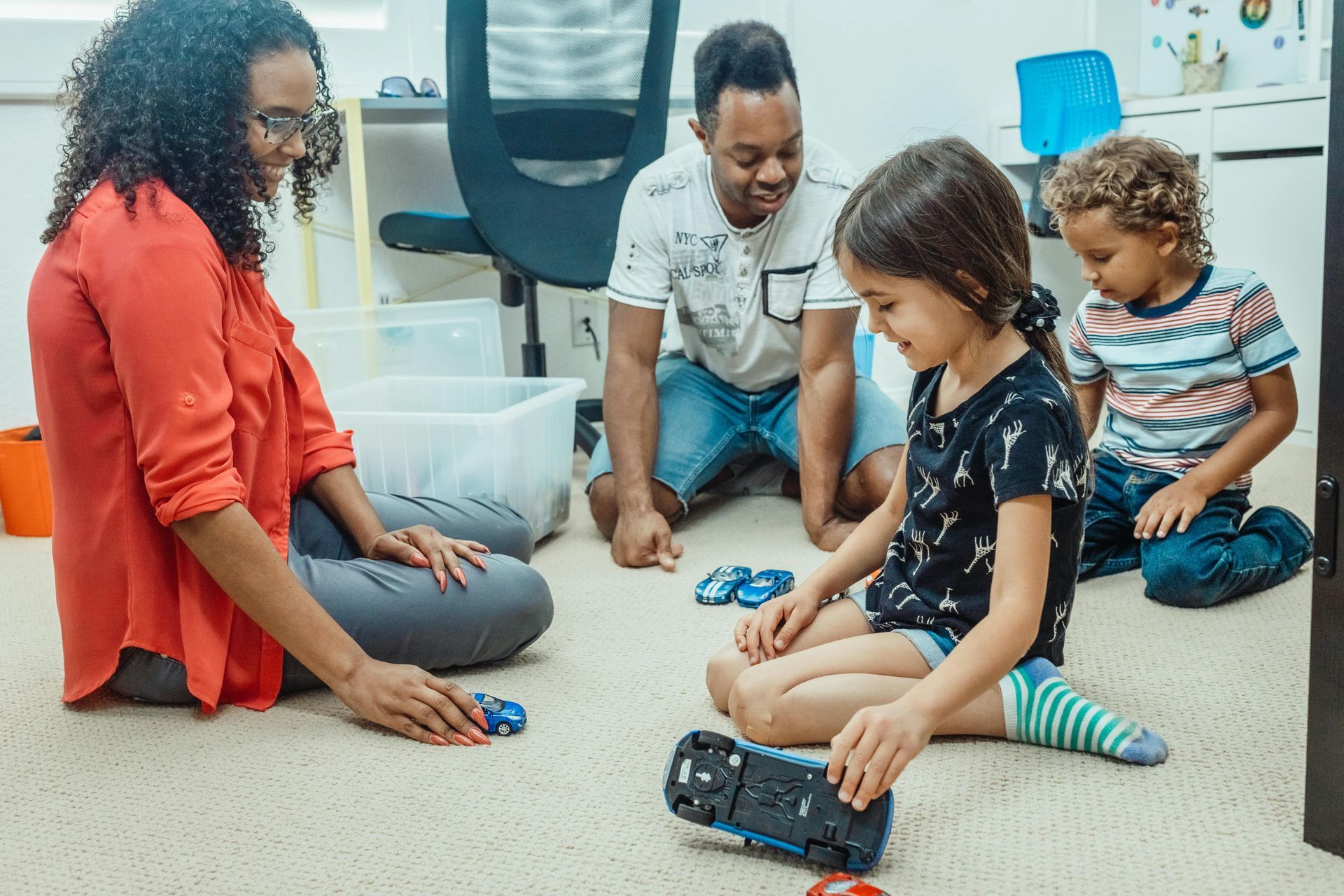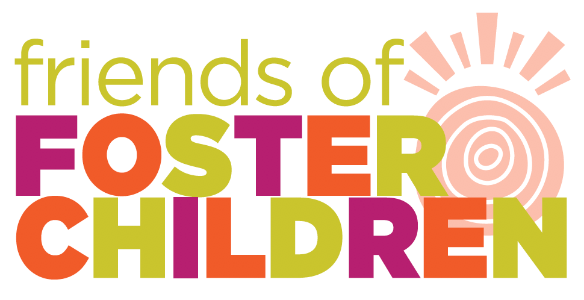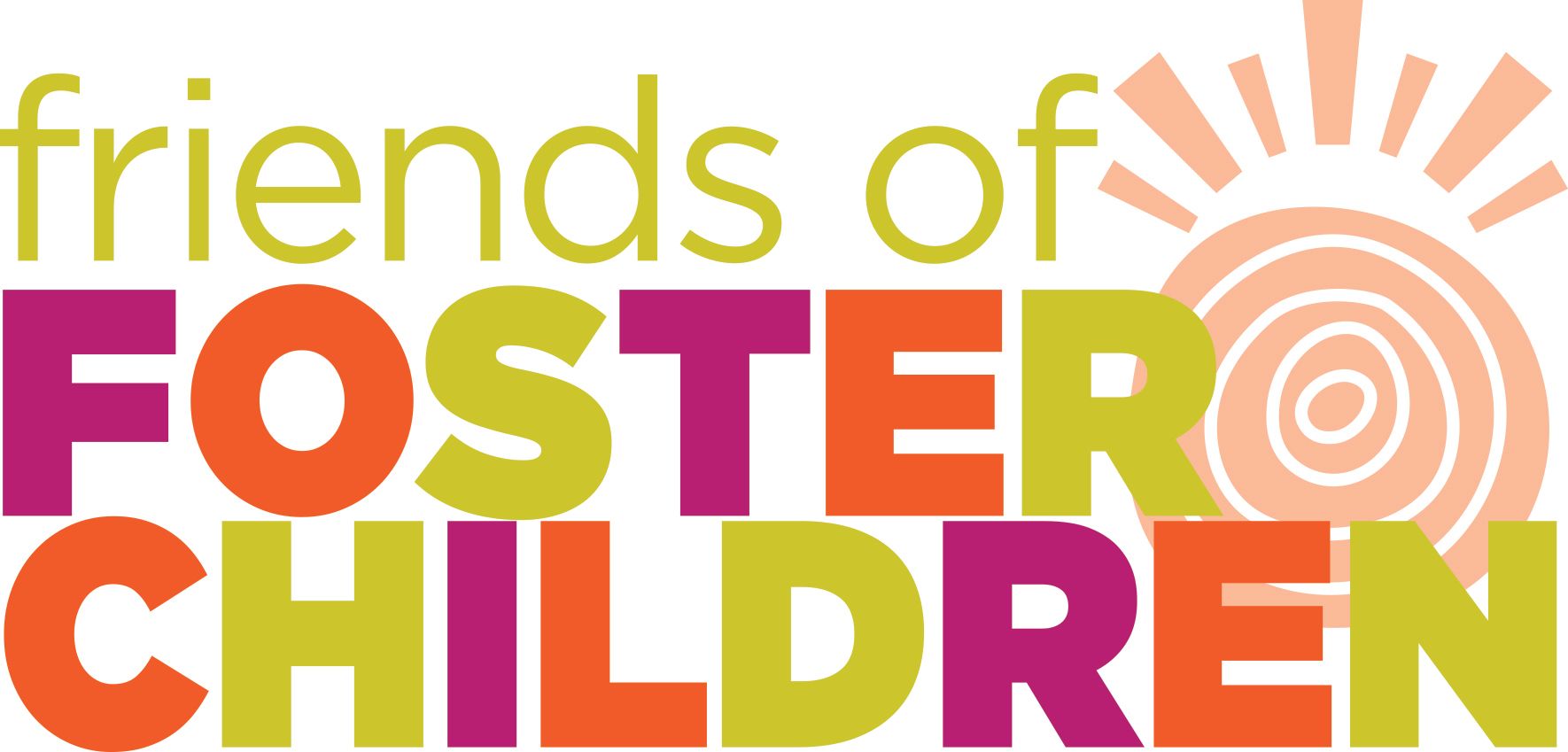Where Do Foster Kids Stay? Understanding Foster Care Placements
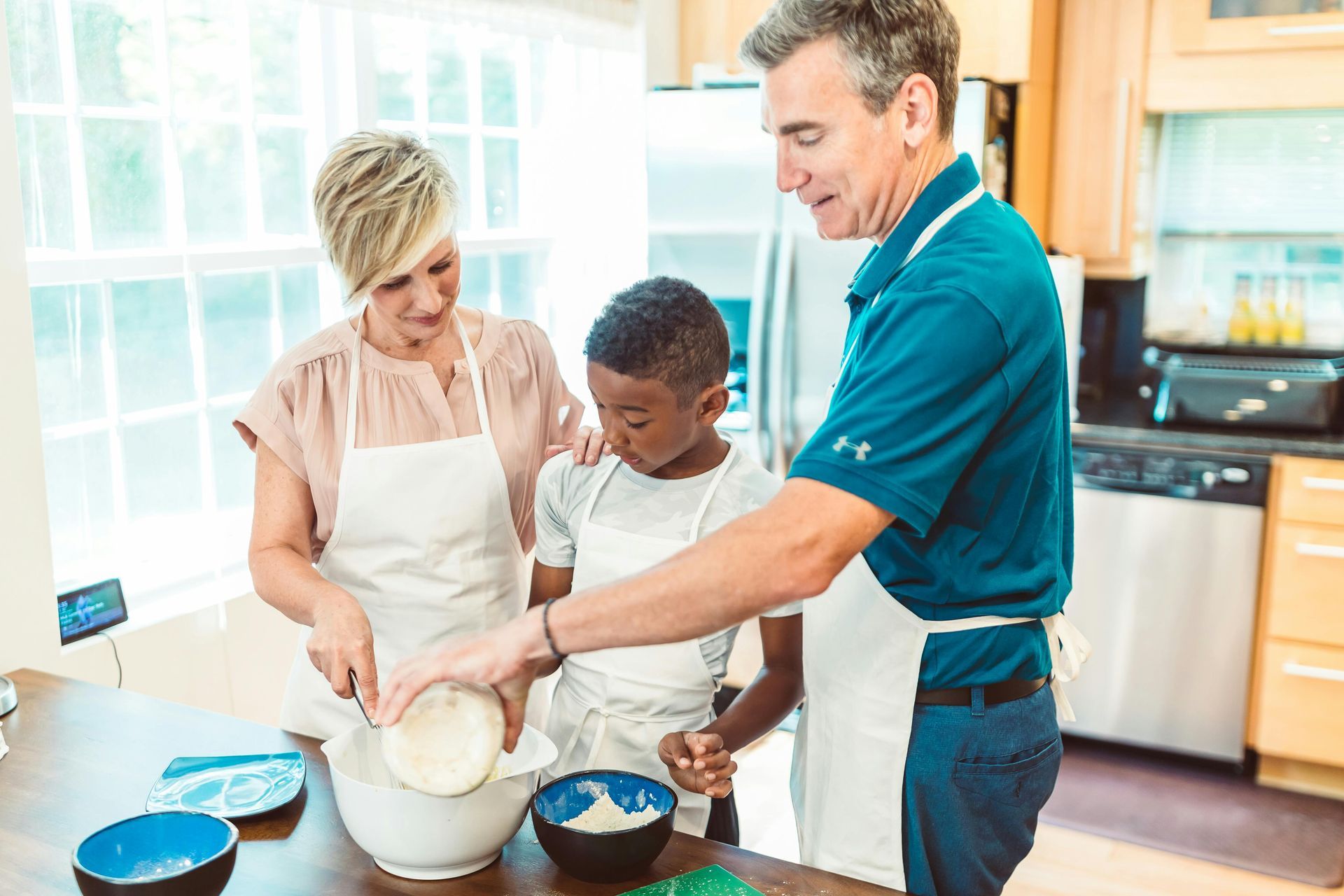
A Look at the Homes, Hearts, and Hope That Shelter Children in Care
When a child is removed from their home, one of the first and most important questions becomes: where will they stay?
Foster kids can stay in a variety of settings depending on their age, needs, family situation, and availability of caregivers. Each placement is thoughtfully considered, and the goal is always to place the child in the least restrictive, most loving environment possible.
1. Relative/Kinship Care—Placing the child with a relative or close family friend.
Did you know that more than 30% of children in foster care in the U.S. are placed with relatives/kin? Children feel more secure when surrounded by familiar people, culture, and routines. Kin placements give the child a sense of familiarity and can help make reunification easier. These caregivers often act quickly and selflessly to provide stability, sometimes without much notice.
2. Licensed Foster Homes - People who have gone through background checks, home studies, training, and certification to become non-relative caregivers.
Foster families provide a nurturing home with day-to-day care: meals, transportation, homework help, and any other support a child would need. Foster families can come in all shapes and sizes: Single parents, couples, and families with or without kids.
3. Group Homes or Residential Treatment Centers - Designed for children with complex behavioral and emotional needs.
These are staffed facilities designed to provide 24/7 supervision and structure, offer specialized services, and help stabilize children before transitioning them to family-based settings. While not ideal for long-term placement, group homes can be a crucial stepping stone.
4. Emergency Shelters or Short-Term Foster Care - When no long-term placement is available.
When children need an immediate place to stay, they may be placed in an emergency shelter or with short-term foster parents. These placements are temporary (less than 30 days), focused on stabilizing the child, and only used while the caseworker finds a more permanent match. Many communities have emergency foster families on call 24/7 to reduce the time a child spends in shelters.
5. Therapeutic or Specialized Foster Care - Caregivers who are specially trained to handle complex cases.
The goal is to provide high-level care in a home-like environment, rather than an institution. These caregivers receive additional training, work closely with therapists, caseworkers, and schools, and help children build coping skills and regulate emotions.
What Makes a “Good” Foster Home?
The best foster homes offer a soft place to land, strong and predictable routines, compassion, and respect. A child may not remember the furniture or décor, but they’ll never forget the way a foster parent made them feel.
How Long Do Foster Kids Stay at a Placement?
It varies widely. Some children stay in foster care for a few days or weeks. Others may stay for months or even years. The average length is about 12 to 20 months.
Do Foster Kids Get a Say in Where They Stay?
Yes, especially as they get older. Caseworkers often consider the preferences and needs of the child, especially in cases involving:
- Sibling placements (keeping brothers and sisters together)
- School continuity
- Cultural or religious identity
- Previous positive connections (former caregivers, teachers, mentors)
Children over 12 or 14 (depending on the state) often participate in family team meetings and court hearings where their voices are heard.
What Happens When There Are Not Enough Homes?
This is one of the biggest challenges in the foster care system. Children may be placed far from their communities, siblings may be separated, and children may stay longer in shelters or institutions. This is why foster parent recruitment and community support are so important!
How You Can Help
- Become a foster parent - If you have room in your home and heart, becoming licensed can change a child’s life.
- Support a foster family - Offer meals, transportation, babysitting, or emotional support.
- Donate supplies - Provide backpacks, bedding, hygiene kits, or toys to children entering care.
- Advocate - Raise awareness about the need for more homes, especially for teens, siblings, and kids with special needs.
- Mentor a youth - Build a relationship with a foster teen through a mentorship program or nonprofit organization.
So, where do foster kids stay?
They stay wherever there are open doors and open hearts.
Sometimes that’s with a grandparent or a neighbor. Other times, it’s with a loving stranger who says, “Come in, you're welcome here.” It may be for a night, a year, or forever—but each place they stay becomes part of their story.
And when we do it right—when we lead with compassion, invest in families, and support caregivers—foster care can be not just a place of transition, but a launchpad toward a brighter future.
Because at the end of the day, every child deserves more than just a place to stay.
They deserve a place that will support them through all of life’s challenges.
Help caregivers provide loving homes for children in need. Your donation makes a difference today.

